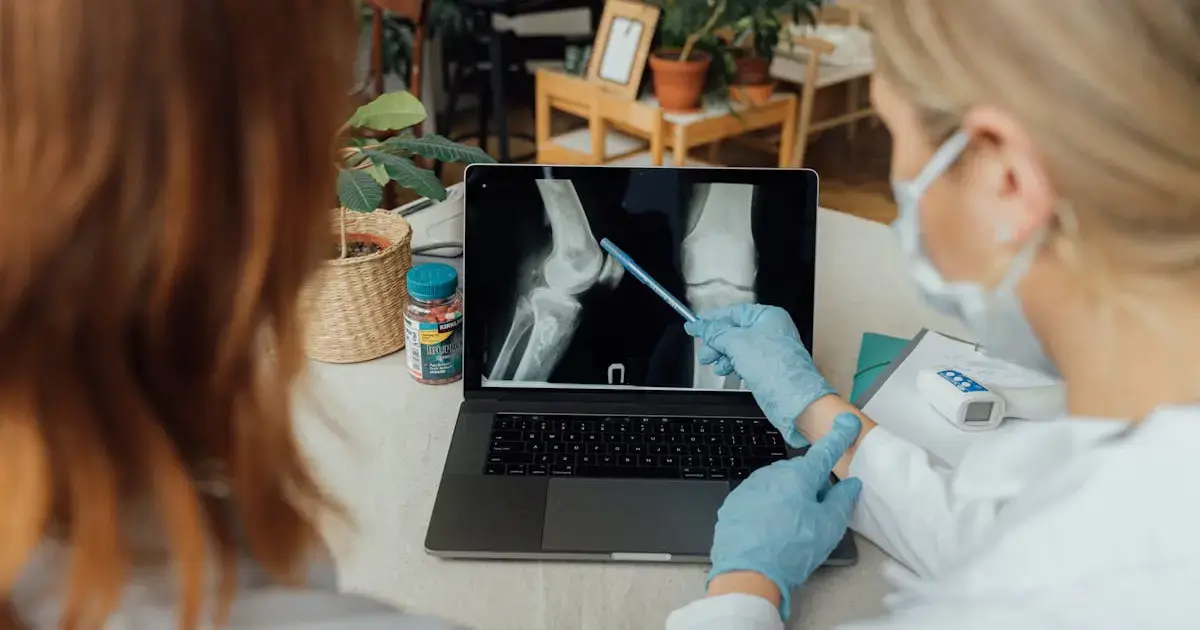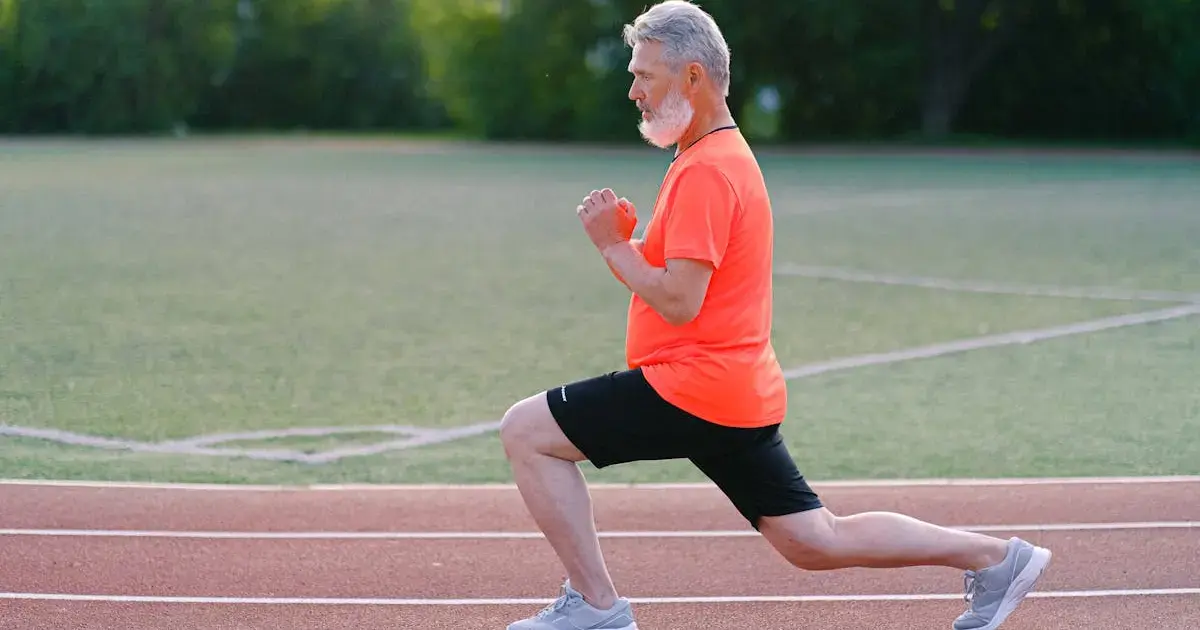 Stiffness in the , unbearable pain in the hips and joints are often seen as an inevitable part of . In reality, both aging and osteoarthritis—the most common joint disease—can be somewhat delayed. However, rushing into medication or surgery is not the answer.
Stiffness in the , unbearable pain in the hips and joints are often seen as an inevitable part of . In reality, both aging and osteoarthritis—the most common joint disease—can be somewhat delayed. However, rushing into medication or surgery is not the answer.
Yet, these are the methods most frequently recommended by doctors, who often overlook accessible and effective exercises that protect joints and alleviate pain. This point was emphasized by physiotherapist Claude Tumi, a researcher at the University of Limerick in Ireland.
What are the benefits of exercise for joint health?
Over 595 million people worldwide suffer from osteoarthritis. According to a global study published in The Lancet, this number could approach one billion by 2050. This alarming trend is accelerating, particularly due to increased life expectancy, sedentary lifestyles, and the rising number of individuals with overweight or obesity.

Meanwhile, exercise is one of the most effective treatments for chronic joint diseases like osteoarthritis. Unfortunately, few patients begin their battle against the condition with physical activity, as reported by Science Alert.
Studies conducted in healthcare systems in the UK, Norway, and the US have shown a similar trend: fewer than half of osteoarthritis patients receive a referral for physical therapy from their doctors.
Over 60 percent of patients are prescribed medication, while about 40 percent see a surgeon before exploring all non-surgical options, such as exercise.
It is well-known that individuals who engage in regular physical activity protect themselves from developing joint diseases and their worst consequences. How does this happen?
The cartilage in our bones serves as a strong protective layer that lacks its own blood supply. It functions through movement. When we walk or load a joint, the cartilage compresses like a sponge, squeezing out fluid and then drawing in fresh nutrients. Each step helps nutrients and natural lubricants circulate, maintaining joint health.
This is why the old notion of osteoarthritis as mere wear and tear is misguided, noted Claude Tumi. According to her, joints are not like car tires that inevitably wear out. Modern medicine suggests viewing osteoarthritis as a prolonged process of wear and repair, where regular movement and exercise are crucial.
With consistent execution of a specialized exercise regimen, significant reductions in , improved joint function, and enhanced quality of life can be observed within a year.
Moreover, exercise is a proven remedy for the entire body: its benefits have been confirmed in approximately 26 chronic diseases. For osteoarthritis patients, it not only helps strengthen cartilage and muscles but also combats inflammation, metabolic changes, and hormonal shifts that contribute to disease progression.

Exercise First, Surgery Later
In fact, there are currently no medications that can significantly alter the course of osteoarthritis. Joint replacement is a serious surgery that is not always successful.
Therefore, it is essential to first explore the effectiveness of . These have far fewer side effects and offer numerous additional health benefits, Claude Tumi pointed out.
Regular, targeted exercises simultaneously address many factors of the disease, helping to protect cartilage, strengthen the entire joint, and improve overall health. So, don’t rush into heavy medications or surgery.
Photo: pexels.com
